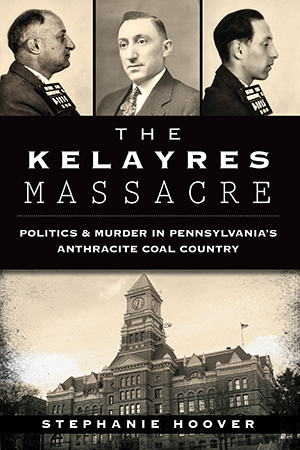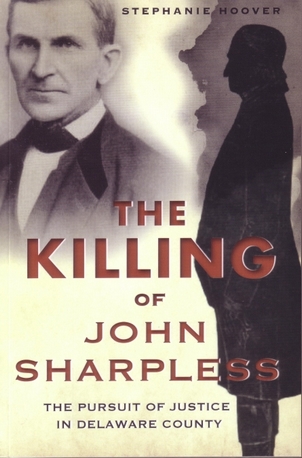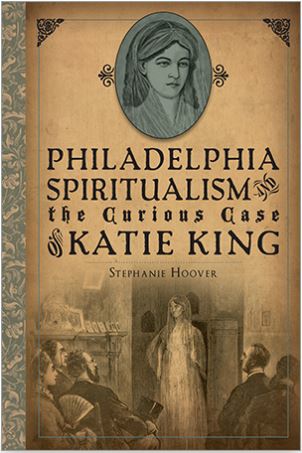Pennsylvania's Historical Industries:
Broom Making
© Stephanie Hoover - All Rights Reserved
Elizabeth Beardsley Butler, in her 1901 book Women and the Trades, Pittsburgh, 1907-1908, said of Pennsylvania's broom industry:
Scarcely a city of importance is without its broom makers to meet the needs of the vigilant housewife.
Indeed, prior to the widespread use of the electric vacuum cleaner in the early 1900s, brooms were the only means of cleaning homes, businesses, stables and sidewalks.
Unlike industries reliant upon naturally occurring resources such as coal and timber, brooms were produced throughout the state. And, unlike monolithic industries like the Penn Central Railroad which by 1900 was the largest employer in the United States, brooms could easily be produced in one-man shops.
Brooms were made using the tassels of a special crop called broomcorn, scientific name "sorghum saccaralum." Fortunately for many Pennsylvania farmers faced with hard, clay and shale-filled fields, broomcorn did not require rich soil. Broomcorn was planted in spring, grew rapidly, and was harvested when the plant was still pea green. Corn allowed to turn red was not desired by broom makers. In fact, brooms were considered a perishable commodity for this very preference. To retain the color, broom makers immersed the corn in green aniline dye which faded quickly.
Broomcorn sorting paid - in turn-of-the-century Pittsburgh - about five dollars per week. Sizing broomcorn paid a bit more if done by hand, and about the same in factories using newly introduced conveyor belts. Factory days averaged ten hours. The air, filled with corn dust, was often poorly ventilated. These conditions lead to the creation of a broom-makers union to represent dyers and sorters.
Nearly every Pennsylvania county history mentions local broom makers and factories. Henry H. Krouse is noted as the first major manufacturer of corn-brooms in Reading, Berks County, having started his business in 1840. In 1873 the Shanaman brothers began making brooms, producing 25 dozen weekly by hand. When, in 1877, they moved into a larger factory and implemented mechanized production methods, output soared to 250 dozen brooms per week. E. C. Kirschman, a 16-year-old competitor of the Shanaman factory, was making eight dozen brooms per day. At least eight other broom-makers were operating in Reading at that same time.
In Allegheny County in the 1880s three major firms specialized in brooms. They employed an average of 80 or more employees, used about 500 tons of broomcorn per year, and produced as many as 200,000 dozen brooms each year.
Smaller, more rural areas across Pennsylvania had their own manufacturers. An ad in an 1866 Adams County newspaper told neighbors that S. R. Tipton could provide brooms "made to order" and advised farmers they would do well to bring their broomcorn to him. Likewise, an 1893 ad explained that T. S. Swomley's broom factory on High Street had more orders than it could fill but would "run stronger soon." In Harrisburg (Dauphin County), the state capital, William Burkholder took to broom making in the 1860s. His business, originally housed on Boyd Avenue, necessitated a move to a larger facility on Broad Street. He and his two sons operated the factory for four years.
By the 1850s, broom makers were already meeting competition from ingenious inventors who believed there must be an easier way to gather and trap dust and dirt. Carpet sweepers were manufactured, but these non-electric, non-suction machines weren't a great threat to the old reliable broom. In 1908, however, W. H. Hoover - having purchased Murray Spangler's patent - introduced the first electrified, suction vacuum with a cloth filter bag and attachments. It was the beginning of the decline of the broom industry in Pennsylvania and elsewhere around the country.
Today, broom making is primarily a mechanized process and Pennsylvania manufacturers face stiff competition not from new technology, but rather from cheap imports. Visit any quality craft fair or search the web, however, and you'll find that brooms are still made by hand by artists honoring the old masters. ~SH


